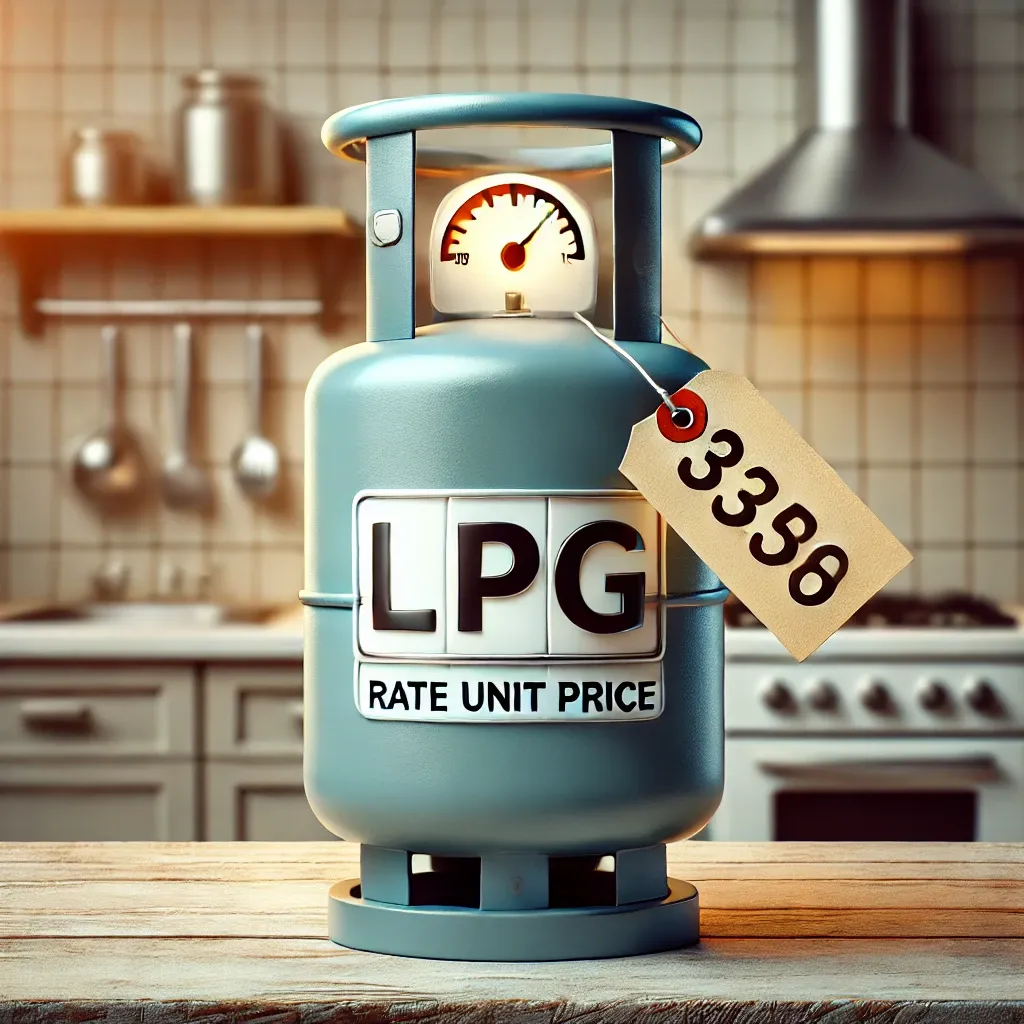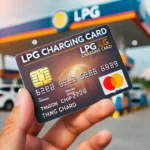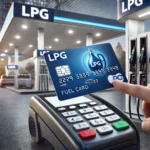Curious about how the LPG rate unit price is set? Learn about LPG gas fees, unit prices, and how they can affect your household costs. Read on to understand the dynamics of LPG pricing!
LPG Gas Fee: What You Need to Know
LPG, or Liquefied Petroleum Gas, is an essential energy source used in many homes, especially for cooking, heating, and even in vehicles. However, many users might not be fully aware of how the LPG gas fee is calculated, and the factors that influence its cost. Let’s break it down.
The LPG gas fee is primarily determined by several key factors, including:
-
Crude Oil Prices Since LPG is a by-product of crude oil refining, global oil prices play a significant role in the cost of LPG.
-
Distribution Costs The transportation and distribution of LPG from refineries to your local supplier is a considerable cost component.
-
Local Taxes and Fees Depending on your location, taxes and regulations may add to the overall price of LPG.
-
Exchange Rates Many countries import LPG, and fluctuations in exchange rates can affect the final price.
-
Demand and Supply Just like other commodities, the price of LPG is also influenced by market demand and available supply.
For example, if there is a shortage of LPG due to a natural disaster affecting production or distribution routes, the price can spike. Similarly, if there is a rise in global crude oil prices, the cost of LPG will generally follow.
A good example of LPG price fluctuation occurred during the COVID-19 pandemic when supply chain disruptions caused temporary price hikes. Understanding these factors can help you better anticipate and manage your LPG expenses.
LPG Fee: Understanding the Charges
The LPG fee, often discussed in terms of the unit price, can differ greatly based on various service providers and geographic locations. The LPG fee is typically structured based on the quantity of gas purchased, measured in kilograms or liters. It’s important to differentiate between the price you pay per unit of LPG and the total fee, which can also include service charges, delivery fees, and installation costs for LPG tanks.
When looking at LPG fees, you’ll encounter terms like:
-
Fixed Fees This is a one-time or recurring cost unrelated to the amount of LPG consumed.
-
Variable Fees These are based on your consumption, meaning the more LPG you use, the higher your fee.
-
Service Fees Charges for maintaining or replacing tanks and meters, if applicable.
-
Delivery Charges If you receive LPG delivered to your home, transportation costs will be included in your total fee.
Some countries also offer subsidies for LPG usage to promote its use over other, more environmentally harmful fuels. These subsidies can significantly lower your fee, especially for low-income households.
A notable case would be in India, where the government provides LPG subsidies for domestic households, allowing them to purchase LPG at a much lower rate than the international market price.
LPG Rate Unit Price: How It Affects Your Budget
Now that we understand the various components that contribute to the LPG fee, let’s delve into the LPG rate unit price itself. The unit price is simply the cost per kilogram or liter of LPG, and it’s the fundamental measure that determines how much you’ll pay for the gas you use.
The LPG rate unit price can be influenced by:
-
Seasonal Changes Prices may rise in winter due to higher demand for heating.
-
Market Competition If multiple suppliers are vying for your business, you may find more competitive rates.
-
Bulk Purchases Some suppliers offer a reduced rate for bulk purchases, allowing you to save in the long term.
-
Energy Policies National or regional energy policies can directly impact the rate of LPG.
For example, in the UK, LPG rates are heavily influenced by both local regulations and the fluctuating global oil market. During times of oil price instability, customers can see drastic changes in their rates. Conversely, in some Scandinavian countries, where there is a strong push for sustainable energy, LPG prices are often subsidized or integrated with renewable energy pricing.
One practical tip for saving on your LPG unit price is to lock in a rate during a period of lower prices, or consider using a fixed-rate plan offered by some suppliers.
Conclusion
Understanding the LPG rate unit price is crucial for managing your energy expenses. By keeping an eye on the factors influencing LPG gas fees and understanding how your supplier charges you for LPG, you can make informed decisions to reduce your costs. Whether it’s through bulk purchasing, leveraging subsidies, or choosing the right supplier, small changes can lead to substantial savings over time.
As Albert Einstein once said, “The best way to predict the future is to create it.” By taking control of your energy usage and understanding the nuances of LPG pricing, you can create a more cost-effective and energy-efficient future for your home or business.






